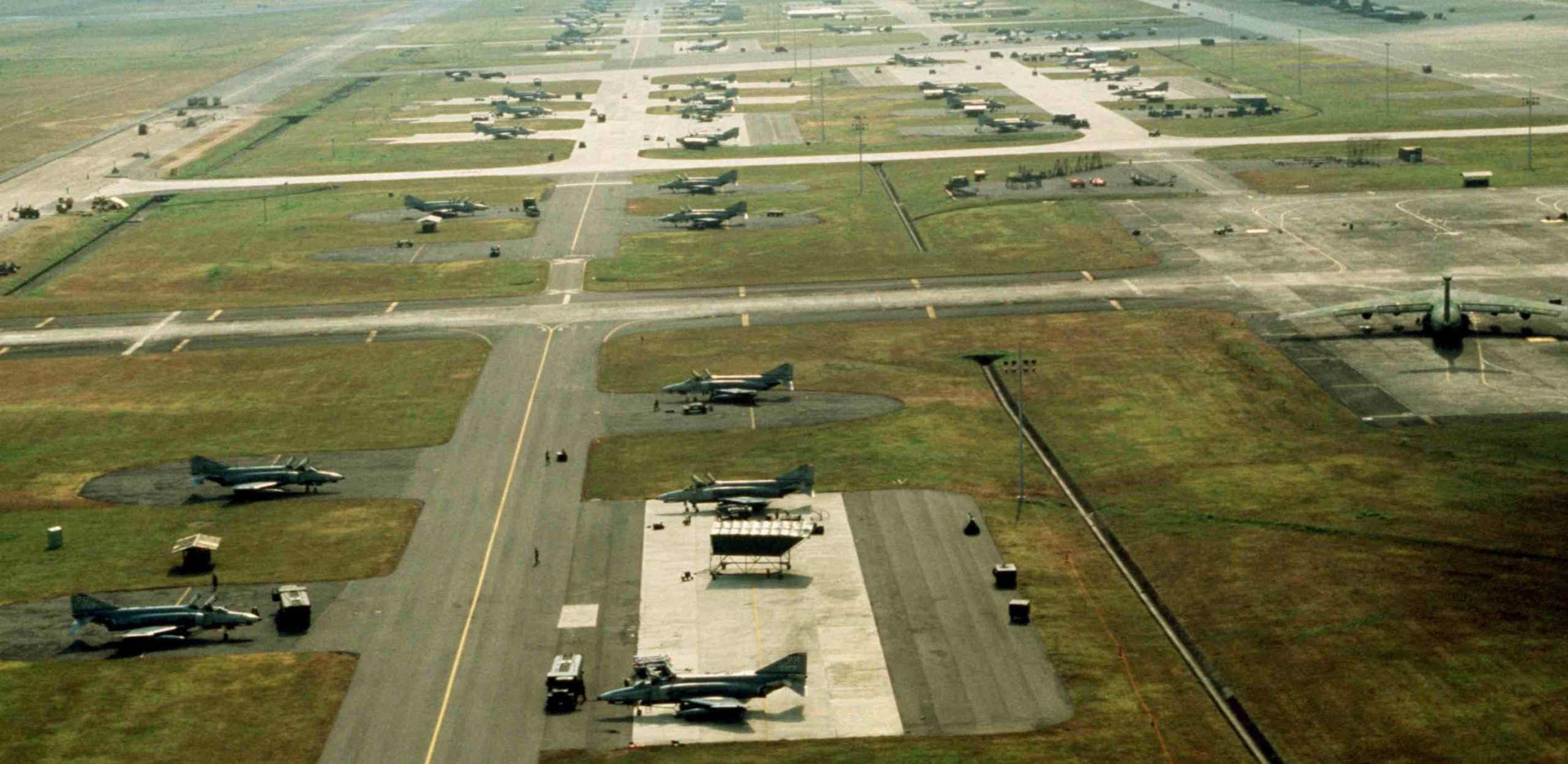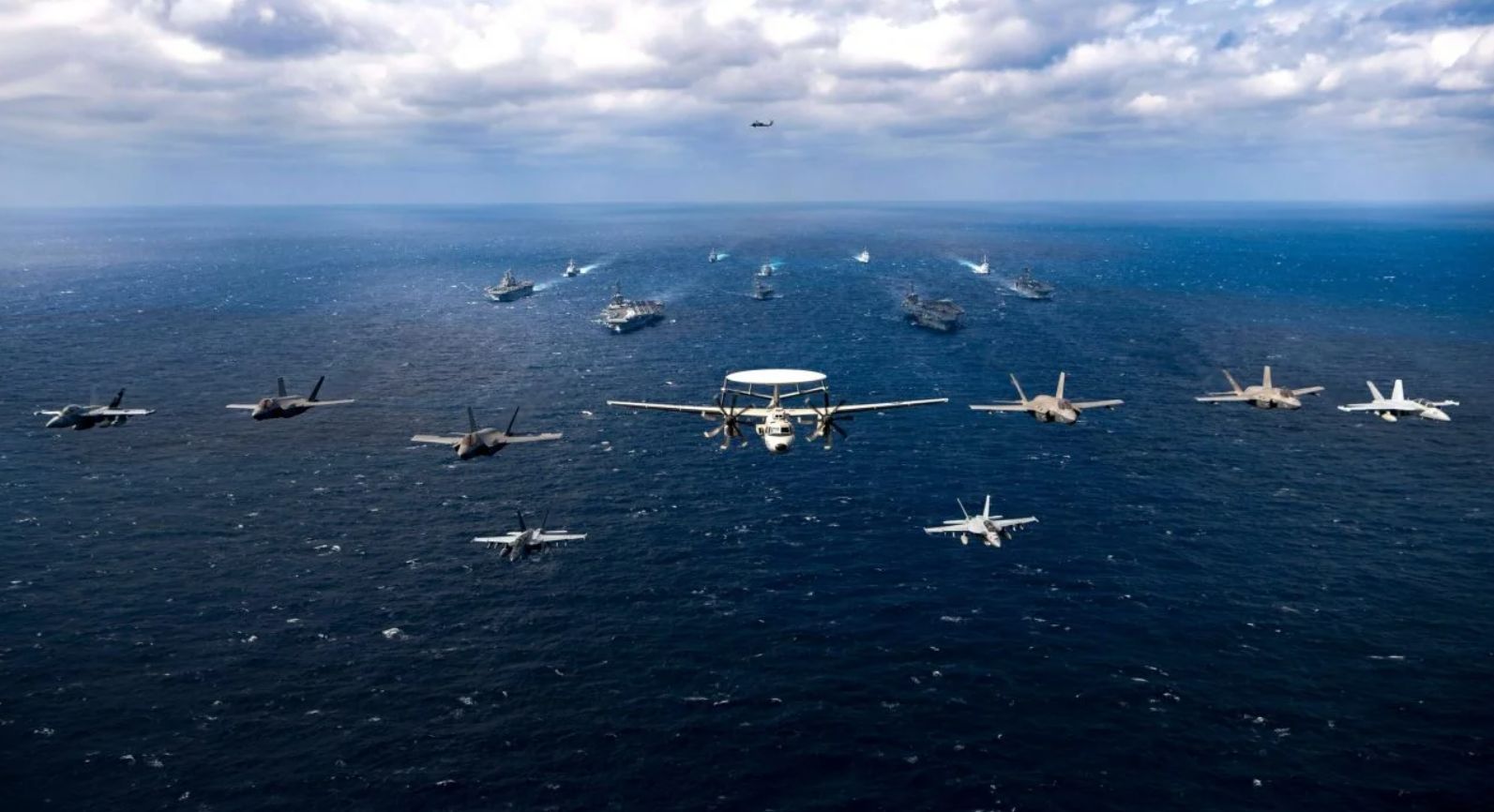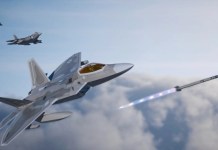After a hiatus of over three decades, Cope Thunder, a training exercise sponsored by the Pacific Air Forces, is set to make a comeback and is scheduled to be held at the Clark Air Force Base in the Philippines starting on May 1.
Meanwhile, China continues to conduct aggressive actions and assert dominance in the region.
A video released by Associated Press shows a Chinese Coast Guard vessel’s unsafe and unprofessional maneuver to block the PCG (Philipines Coast Guard) vessel from replenishing the BRP Sierra Madre.
China is a signatory to COLREGs (Convention on the International Regulations for Preventing Collisions at Sea), which is meant to prevent such unsafe practices.
Here is the footage of the CCG vessel's unsafe and unprofessional maneuver to block the PCG vessel from replenishing the BRP Sierra Madre. China is a signatory to COLREGs, which is meant to prevent such unsafe practices. https://t.co/VeLXgmjPVV video courtesy of @AP. pic.twitter.com/Rj2DssHBQ0
— Lyle Morris (@LyleJMorris) April 27, 2023
On April 25, the Pacific Air Forces announced that the air forces of the two countries are scheduled to conduct bilateral fighter training from May 1 to 12.
The Clark Air Force Base, the Cold War home of Cope Thunder, will be the location for this training exercise. Before the eruption of Mount Pinatubo in 1991, the Philippines used to host a large-scale air exercise called Cope Thunder.
A statement by Pacific Air Forces Public Affairs said the exercise offers a unique chance to combine efforts and enhance the ability of the Philippines and the United States to work together effectively. The training program aims to enhance joint cooperation and interoperability while providing bilateral fighter training with the Philippine Air Force (PAF).
The US Air Force will dispatch 12 aircraft and 160 members from the 35th Fighter Wing stationed at Misawa Air Base in Japan in the Cope Thunder. The military of the Philippines will share and learn tactics and techniques with their counterparts. The upcoming exercises will coincide with a meeting between President Ferdinand “Bongbong” Marcos Jr. and US President Joe Biden at the White House.
During this meeting, the leaders are expected to discuss and review several matters, including the Visiting Forces Agreement and the Mutual Defense Treaty. The Cope Thunder drills are scheduled to commence shortly after the conclusion of the 2023 Balikatan drills, where more than 17,000 military personnel from the United States and the Philippines and approximately 100 from Australia took part.

Significance Of Cope Thunder
Cope Thunder was started in 1976 under the supervision of the Pacific Air Forces to provide aircrew members with initial exposure to combat scenarios. Due to the eruption of Mount Pinatubo, operations at Clark Air Base in the Philippines were curtailed, prompting the relocation of Cope Thunder to Eielson in 1992.
The Air Force officials determined that Eielson was the most suitable alternative since its 353rd Combat Training Squadron was already responsible for overseeing and managing three key military flight training ranges in Alaska. The exercise was later renamed Red Flag-Alaska in 2006.
The exercise is a realistic, coordinated practice involving several services and platforms to model combat operations that correspond to the operational ability of the participant units. Given that various units participating in Cope Thunder may have different military missions, the exercise planners develop exercises that accommodate these differences.

This approach ensures that all participants receive optimal training opportunities while maintaining a level playing field during simulated combat scenarios. The return of this drill to the Philippines indicates the increasing cooperation between the Philippines and the US military amid the escalating hostility with the Chinese military in the South China Sea.
The Biden administration has been focused on building stronger alliances in the Indo-Pacific region to enhance its ability to counter China, particularly in the event of a potential conflict over Taiwan. This is aligned with the actions taken by the Philippines, led by President Ferdinand Marcos Jr, to protect its territorial interests in the South China Sea by increasing joint military exercises with the US and allowing rotating groups of American troops to operate at additional Philippine military bases under a 2014 defense agreement.
At present, the United States is conducting a military drill in the Philippines, which involves the participation of their naval vessels, fighter planes, Patriot missile systems, HIMARS rocket launchers, and anti-tank Javelin weapons. The 38th annual Balikatan exercise, the largest to date, involves over 17,600 participants from the two allied nations.
This exercise is designed to improve cooperation, enhance capabilities, and promote interoperability between the two militaries. On April 26, the US and Philippine forces sunk a decommissioned naval corvette in the South China Sea with aircraft fire.
Although the resurrection of Cope Thunder demonstrates the United States’ commitment to increasing cooperation with its regional partners, it may prompt a strong reaction from China, which has been skeptical of US military exercises in the region, considering them provocative.
- Contact the author at ashishmichel(at)gmail.com
- Follow EurAsian Times on Google News




